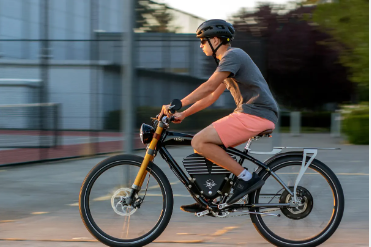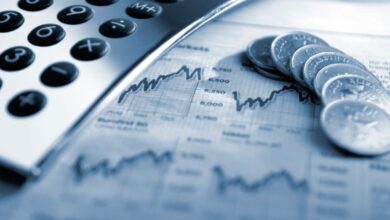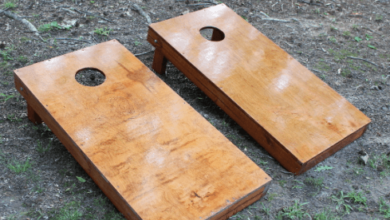Fast Forward to Fun: Choosing a Fast Ebike for Your Riding Style

Ebikes are rapidly gaining popularity among people seeking fun and adventure, thanks to their ability to provide an exhilarating riding experience. As more people turn to e-bikes, the desire for speed has become a significant factor in the decision-making process. However, selecting a fast bike involves more than just looking at the wattage. To make an informed choice, it’s essential to understand various key specifications that contribute to the overall performance and speed of an e-bike.
Motor Power: More Than Just Watts
When evaluating a fast ebike, motor power is often the first specification that catches the eye. Motor power, measured in watts, is crucial, but it’s not the only factor determining speed. A higher wattage generally means more power and potential speed, but other aspects like torque and motor type play significant roles. For instance, a 500-watt motor can be more efficient and faster with higher torque, ensuring better incline acceleration and performance. Therefore, it’s essential to look beyond just the wattage and consider the overall efficiency and design of the motor.
Battery Capacity
The battery is the lifeblood of an e-bike, directly affecting how far and fast you can go. Battery capacity, measured in watt-hours (Wh), indicates the amount of energy stored. A higher capacity battery, such as one with 700Wh, ensures longer rides at higher speeds. Moreover, the quality of the battery cells impacts the overall performance and longevity. Riders looking for speed should opt for high-capacity batteries to avoid frequent recharges and ensure sustained high-speed travel.
Controller and Firmware
The controller and its firmware act as the brain of the bike, managing power delivery from the battery to the motor. Advanced controllers with sophisticated firmware can enhance the riding experience by optimising power output, leading to smoother acceleration and efficient energy use. Features like customisable power settings and regenerative braking can also be beneficial. When choosing a fast bike, pay attention to the controller’s capabilities and ensure it complements the motor and battery for optimal performance.
Weight and Frame Design
An e-bike’s weight and frame design significantly influence its speed and handling. Lighter bikes are easier to manoeuvre and may travel faster. However, the frame must be sturdy enough to handle the additional stress from higher speeds. Materials like aluminium and carbon fibre are popular for their strength-to-weight ratios. Additionally, aerodynamics plays a crucial role in high-speed performance. Streamlined frame designs reduce wind resistance, allowing the bike to cut through the air more efficiently and maintain higher speeds.
Wheel Size and Tire Type
Wheel size and tyre type are often overlooked but critical factors in determining an e-bike’s speed and ride quality. Larger wheels, such as 29-inch, provide better stability and roll over obstacles more smoothly, enhancing overall speed. The type of tyres also matters; slick, narrow tyres are ideal for speed on paved roads, while wider, knobby tyres offer better grip and stability on rough terrains.
Brake System
A reliable brake system is crucial for controlling an e-bike and ensuring rider safety. Hydraulic disc brakes are preferred for fast e-bikes due to their superior stopping power and responsiveness. They perform well under various weather conditions and provide consistent braking force, which is essential for maintaining control at high speeds. Investing in a quality brake system ensures that your high-speed rides remain safe and enjoyable.
Fast ebike has experienced a surge in popularity in recent years, driven by advancements in technology and a growing demand for efficient, eco-friendly fun modes. This surge is fueled by technological advancements that have made them more accessible and appealing to a broader audience. Modern ebikes feature powerful motors and high-capacity batteries, offering impressive speed and range.





